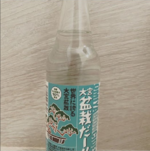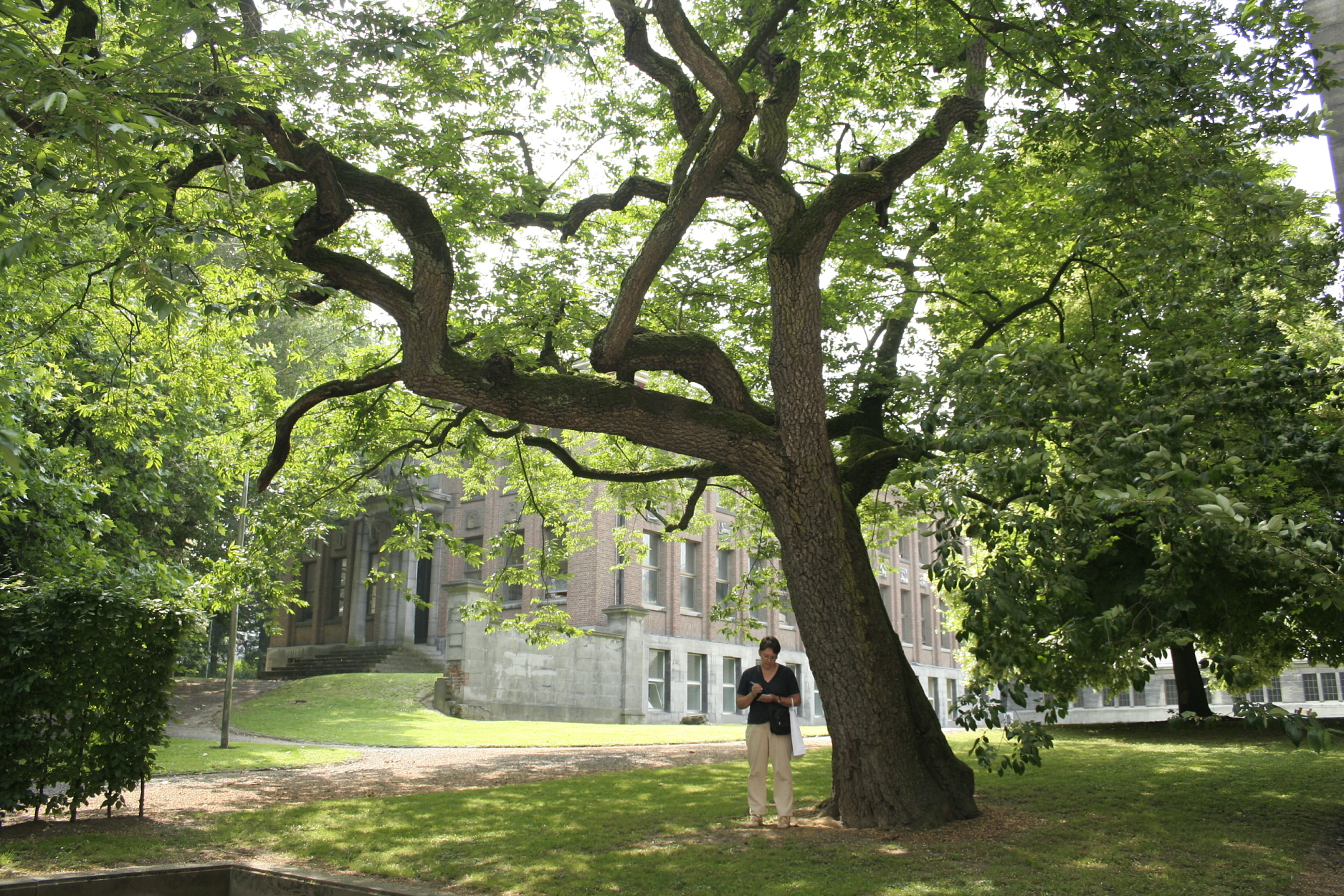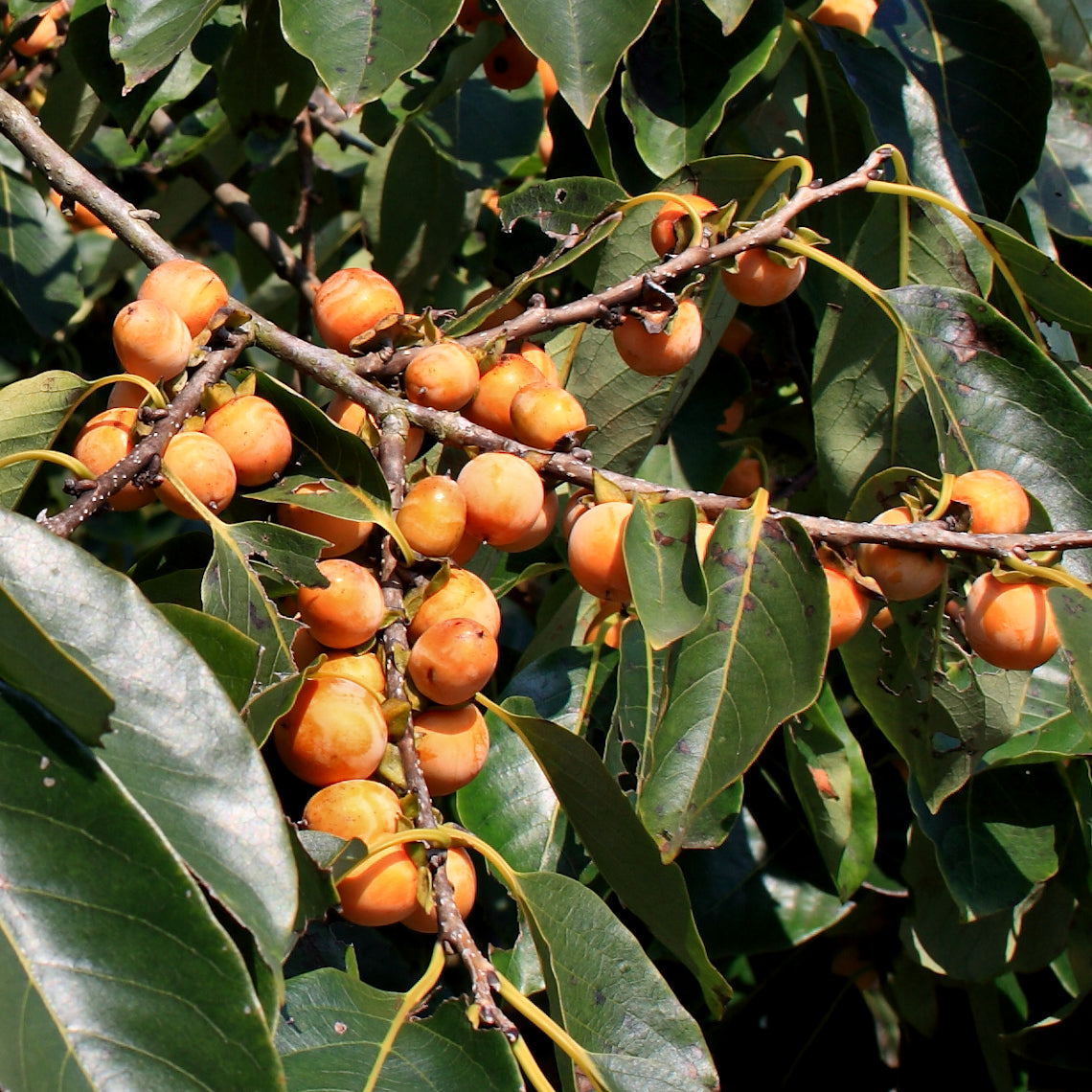You seem to have overlooked the context of my response.
@Shogun610 said:
And I said:
To be clear: taking a New Years celebration tree off somebody's porch and turning it into a bonsai (say, over 5-6 years) is one thing, and they do not show up at Kokufu. People certainly do it though, I have seen it done and there are in fact club workshops devoted to this. Bonsai in Japan is extremely diverse just like it is anywhere else. Kokufu does not represent what 'most' people are doing. But when we talk about Japanese bonsai, we aren't normally referring to the casual hobbyists, but to the big shows that we are readily exposed to; so it was in that sense that I said 'most' i.e. 'most' Ume in Kokufu/Taikan/Sakufu, etc. are not taken off people porches the day after New Years and turned into bonsai.
However, what
you're taking about
@SilenceDogwood is taking New Years celebration tree or (or one planted for 'cultural reasons', as you say) and growing it in your garden for +30 years to only then turn into a bonsai, which is something totally different and which I referred to as yardadori and said was common: (of course, yardardori don't need to be ex-celebratory trees or trees of 'cultural' importance; they could have been planted for any number of reasons)
Now on the topic of Yamadori: the importation of Ume from China to Japan goes back to at least the 7th century CE (1300 years ago). There are books, including Kokufu albums (even very early ones), that specify when Ume bonsai are originally true yamadori collected in the wild. I know a few vendors in Japan who actively collect Ume in the wild, who I have purchased collected trees from.
The topic of yamadori is itself nuanced, because people tend to think of big stumps. People do collect big trunks, but they also collect thin, literati-esque trunks which are of course also called yamadori by vendors in Japan.




